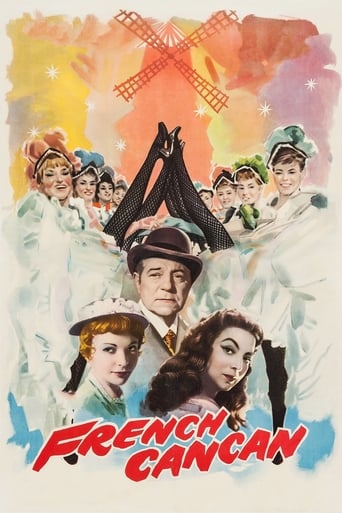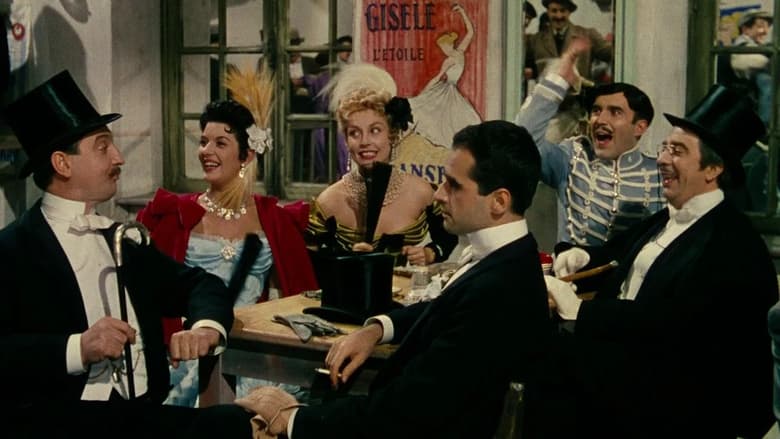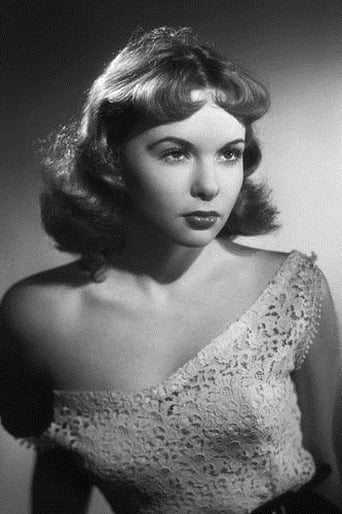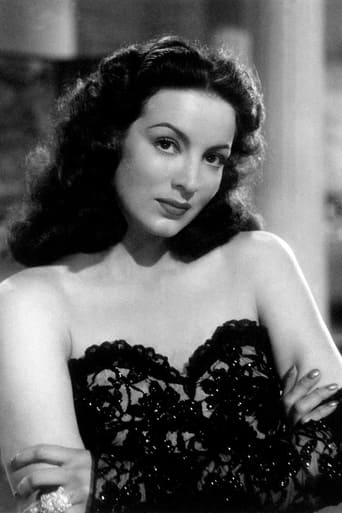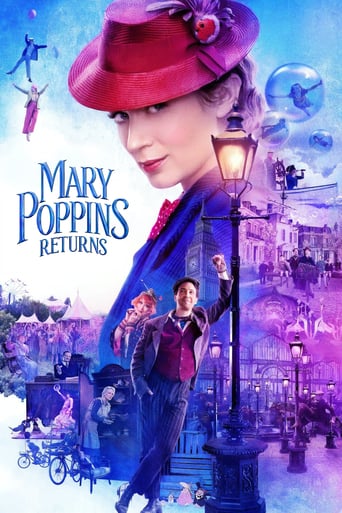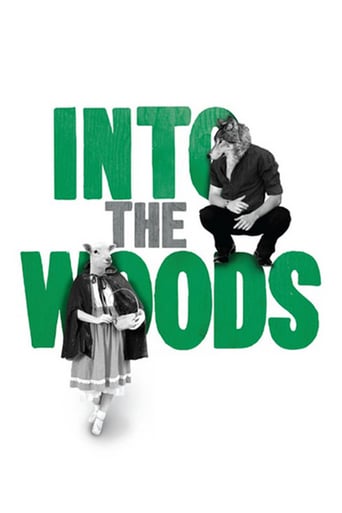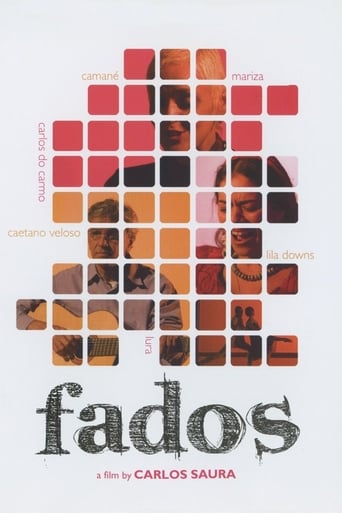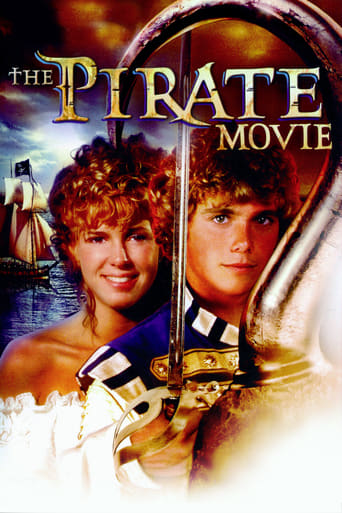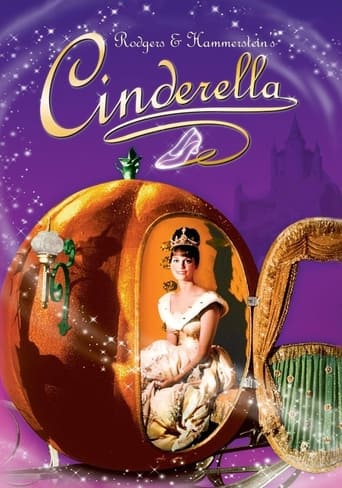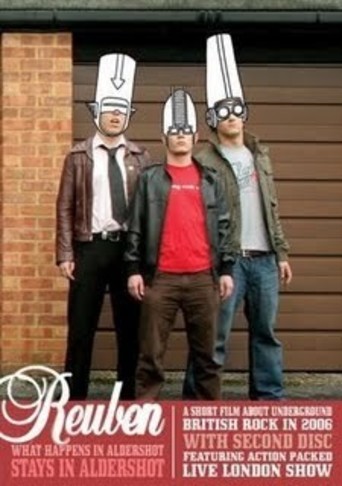French Cancan (1956)
Nineteenth-century Paris comes vibrantly alive in Jean Renoir’s exhilarating tale of the opening of the world-renowned Moulin Rouge. Jean Gabin plays the wily impresario Danglard, who makes the cancan all the rage while juggling the love of two beautiful women—an Egyptian belly-dancer and a naive working girl turned cancan star.
Watch Trailer
Free Trial Channels
Cast


Similar titles
Reviews
Best movie of this year hands down!
Amateur movie with Big budget
Instead, you get a movie that's enjoyable enough, but leaves you feeling like it could have been much, much more.
The film never slows down or bores, plunging from one harrowing sequence to the next.
Brilliantly made, colourful and gay, all the technical full-fledged resources of the vast experience of Jean Renoir is used in flamboyance, but it doesn't help. The story is hopelessly thin and superficial, almost stupid in its simplicity, the characters are all just casual types with very few exceptions, there is no drama at all except in flash moments, and even Jean Gabin falls flat and for once does not die in the end.Nevertheless, the finale is breathtaking with its ten minutes of ballet, and the film is worth watching if only for this, while all the rest is just flippant nonsense. There is not even any real sense of humour. His previous "The Golden Coach" was over-brimming with that, and it's surprising that Jean Renoir left that vital ingredient totally out of this movie more made 'at home'. Even the music is insipid.I saw it in black and white 50 years ago on television and was disappointed by its inanity. I thought it could be worth being given a second chance and in colour. but alas - it was still only a very casual flippant totally superficial entertainment of no real sense and meaning, in spite of all its technical brilliance. Jacques Demy would soon come with the real stuff on stage with much better music.
This movie of Jean Renoir (son of the impressionist painter) uses vibrant coloring to convey a similar impressionist effect, which is only half successful, seeing as the crisp focusing (understandable given the year of release) negates the other major impressionist characteristic, namely the visual haze that represents a unique moment in time. As a result, the scenes where the film really excels are the two scenes that feature big crowd movement: one during the building of Moulin Rouge (almost slapstick), and the other during the theatrical dance apotheosis of the end.Both of these sequences are visual feasts, whereas the "fuzziness" due to the massive choreography and relentless movement, combined with the intense coloring, conveys an elegant impressionist display.Visual characteristics aside, the film represents a continuous bittersweet shift between comedic and dramatic elements, as well as a constant parade of love triangles. The ending with the impresario enjoying the show in a melancholic manner in the background is one final touch of class. If you come across it, don't hesitate to watch it.
I haven't yet been completely blown away by a Jean Renoir film. The closest candidate so far was the wonderful 'A Day in the Country (1936),' which unfortunately suffered the handicap of being unfinished. Even so, I find the director's films to be extraordinarily pleasant viewing, and I'd much sooner sit down for a Renoir than I would for, say, a Godard or Fellini film. 'French Cancan (1954)' is a completely pleasant, and entirely unpretentious, musical comedy that goes by so breezily that you're apt to forget that you're watching the work of France's most respected filmmaker. Less concerned with cultural satire than 'The Rules of the Game (1939),' the film is instead similar in tone to 'Elena and Her Men (1956),' a completely inconsequential piece of cinema that is nonetheless a lot of fun to watch. Both of these films were shot in exquisite Technicolor, of which Renoir takes full advantage, filling the frame with glorious costumes, colours and people.Henri Danglard (Jean Gabin) is a respected theatre producer who lives the high life, despite relying upon financial backers to sustain his extravagant lifestyle. A charming chap, and convincingly debonair given his age, Danglard shares the company of the beautiful but temperamental Lola de Castro (María Félix), into whose bed many have attempted to climb (and probably with little resistance). When Danglard woos a pretty young laundry-worker, Nini (Françoise Arnoul), into dancing the cancan for him, Lola is overrun with jealousy, and all sorts of anarchy takes place amidst this romantic rivalry. Meanwhile, a handsome European prince (Giani Esposito) offers Nini his hand in marriage, but she's not willing to make such a dishonest commitment, more inclined to stay with Danglard, who inevitably plots to discard her as soon as his next promising starlet comes along. Jean Gabin, who had previously worked with Renoir in the 1930s, is terrific in the main role, overcoming his mature age to succeed as a potential lover.It's interesting to compare Hollywood films of the 1950s with their European counterparts. Thanks to the Production Code, most American romantic comedies kept the romance almost entirely platonic, whereas here Renoir's characters speak of sex and adultery as though it is a perfectly acceptable practice. Even the adorable Françoise Arnoul, who occasionally reminded me of Shirley MacLaine, is treated as an openly sexual women, and not just because her character specialises in a dance designed purely to display as much leg as possible. Like many of Renoir's films, the characters themselves aren't clearly defined, and so it's difficult to form an emotional attachment. Indeed, only in the final act does Danglard come clean with the extent to which he romantically exploits his dance recruits, though even this moment is overshadowed by the premiere show of the Moulin Rouge. Perhaps it is through his caricatures that Renoir is making a quip about bourgeois French society that they're all hiding behind fallacious identities and intentions. Or am I looking too far into this quaint musical comedy?
This was a pleasant musical about the creation of the Moulin Rouge dance hall. In many ways, this reminds me of the Hollywood musicals of the 40s and 50s, in that it has many clichés leading up to the inevitable conclusion ("will the show STILL go on?"). While of course none of this is new, it was enjoyable and well made. The musical numbers at the end are frenetic and beautiful to watch. In many ways it reminds me of a sexier version of THE GREAT ZIEGFELD. In real life, Ziegfeld was quite the player but this was sanitized in the American film. But, in FRENCH CANCAN, the characters have fully functioning libidos--but nothing is really shown, so the movie is okay for kids.Nothing new but well done nevertheless.

